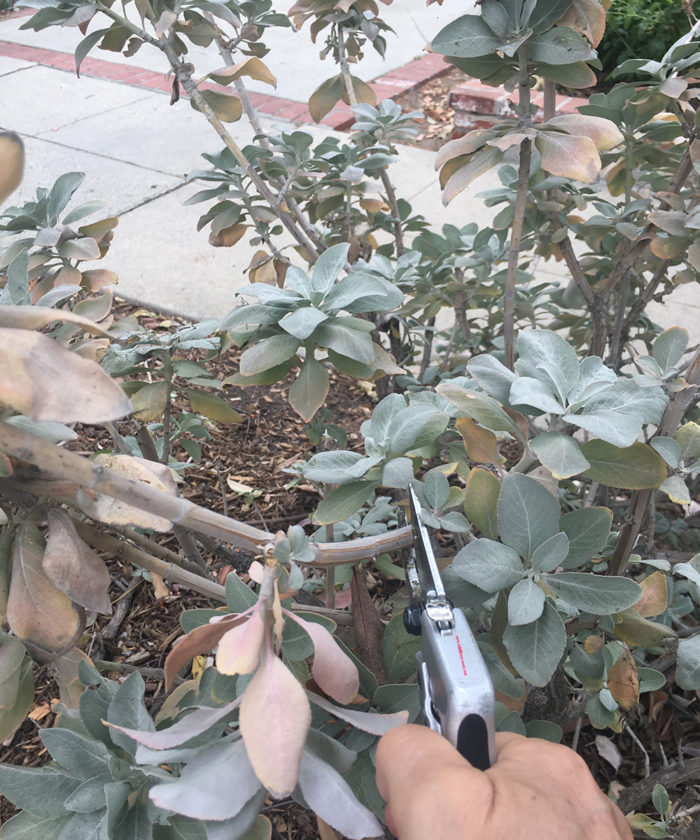
The wonderful world of salvia, or sage (Salvia spp. and cvs., Zones 5–11), is vast, wildly colorful, and often quite fragrant. There are well over 900 species, of which California native sages comprise only about 2%. Flower colors range from white to purple to red to the darkest of blues. Sizes range from low and sprawling to 8 feet high. One thing they all have in common is their attraction to bees and hummingbirds. Another is their positive response to—at the least—an annual pruning.
When to prune
Fall is an ideal time to do this. Some might prefer it sooner for a tidier look. Our maintenance needs often contradict the needs of nature, and so there is often a delicate dance going on in the garden of what to do for whose benefit. Wildlife benefits from the dried flowers left on the plants, so I advocate leaving the flowers on for a while longer before pruning them back.
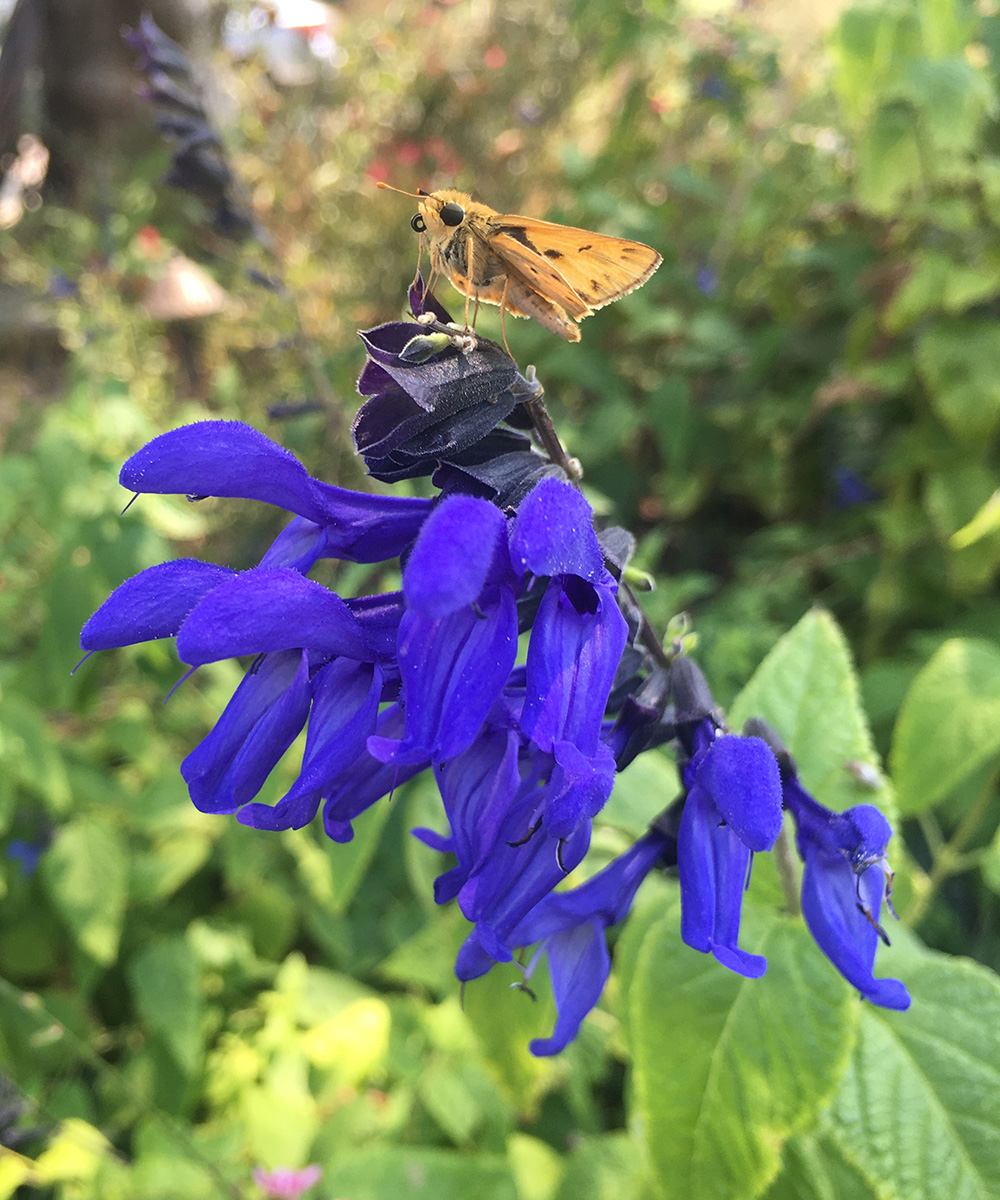
‘Black and Blue’ blue anise sage
One of my favorite salvias is ‘Black and Blue’ blue anise sage (S. guaranitica ‘Black and Blue’, Zones 7–10). It is a repeat bloomer all summer long and into the fall. It seems to pick up speed as other sages rest at the sidelines. This sage has proven to be a voracious spreader in my garden, filling in every available space. It will even venture into pathways where, unfortunately, it must get plucked out. You can deadhead this plant and then cut it back by at least half in the fall. My preference is to coppice it (cut it back to the ground level), as it will go winter dormant anyway, and then you will be left with mostly twigs for a while.

California white sage
To keep California white sage (S. apiana, Zones 7–10) from becoming too leggy, prune it back to the most robust new buds in early to mid-fall. Often you will have a choice among buds along each stem, so the decision as to how much to cut back will be discretionary. I very much enjoy the process of cutting this plant back. Sure, my fingers get a little sticky, but the fragrance is one of my all-time favorites in the garden. The leaves of this plant are used by some Native American tribes in spiritual ceremonies, which accounts for one of its lesser-known common names—sacred sage. I like to save some of the branches and bundle them to scent my home.
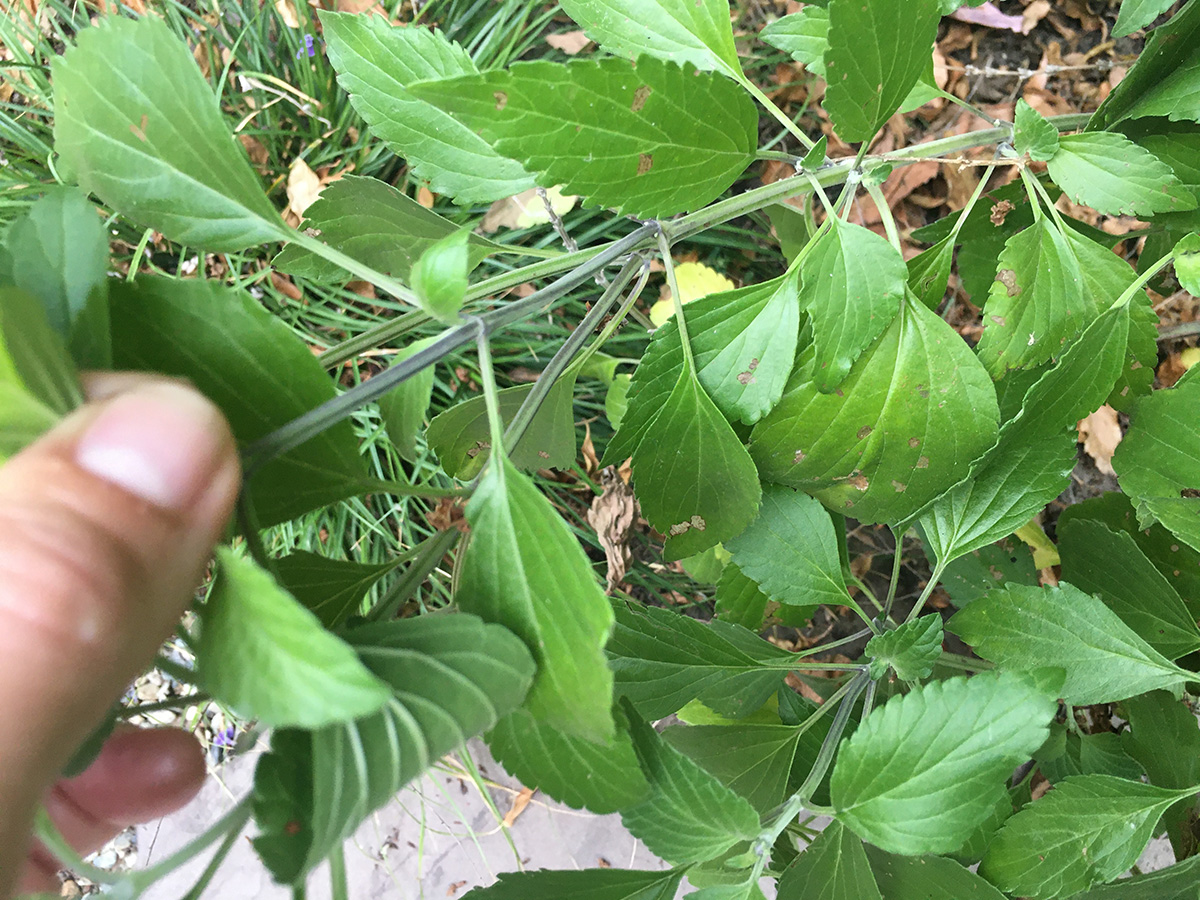
The same technique of cutting back stems to a selection of robust new leaves in early to mid-fall that is used with white sage applies to many other sages, such as Cleveland sage (S. clevelandii, Zones 9–10), purple sage (S. leucophylla, Zones 6–11), and ‘Mystic Blue Spires’ salvia (S. ‘Mystic Blue Spires’, Zones 7–10).
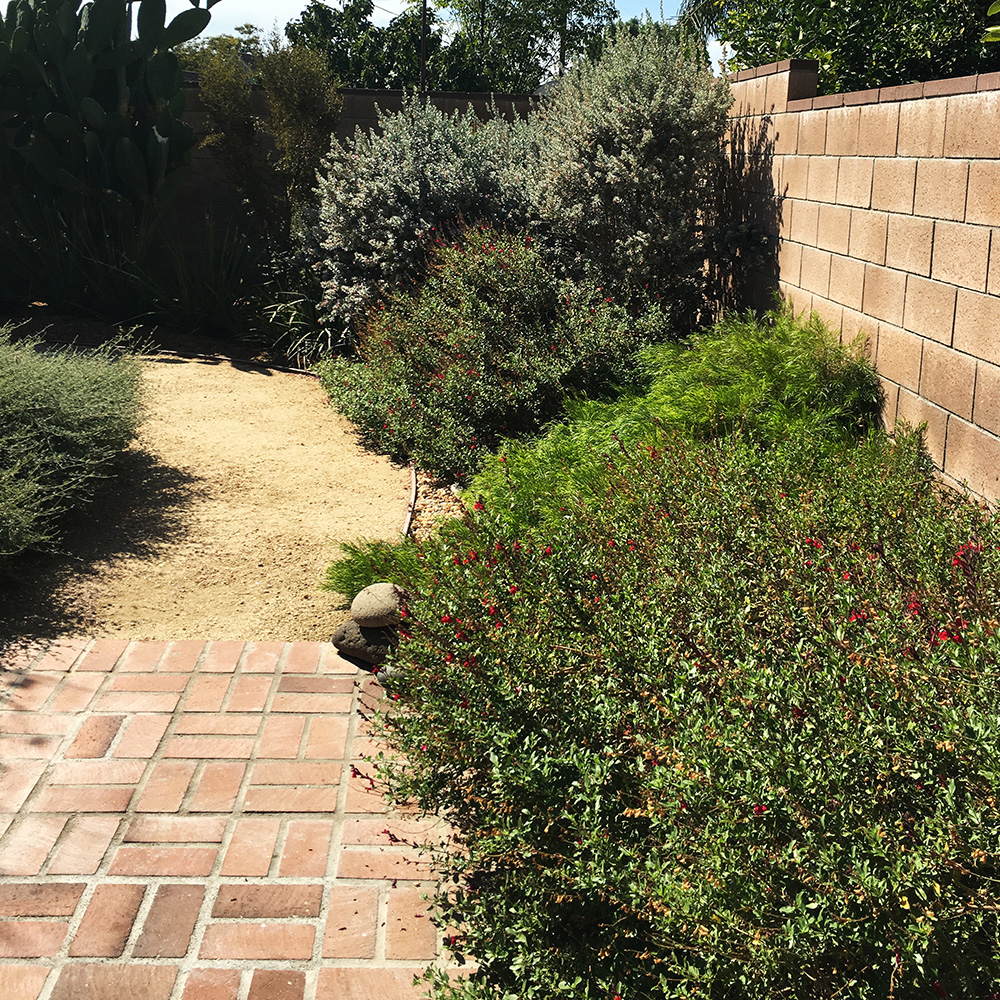
Autumn sage
For sages with very tiny leaves, like autumn sage (S. greggii and cvs., Zones 6–9), for instance, it would not be worth the trouble to search out the perfect leaf cluster to cut back to. This plant is most easily pruned back to the size you want it to be in early to mid-fall—and then some—to give it room to grow back.
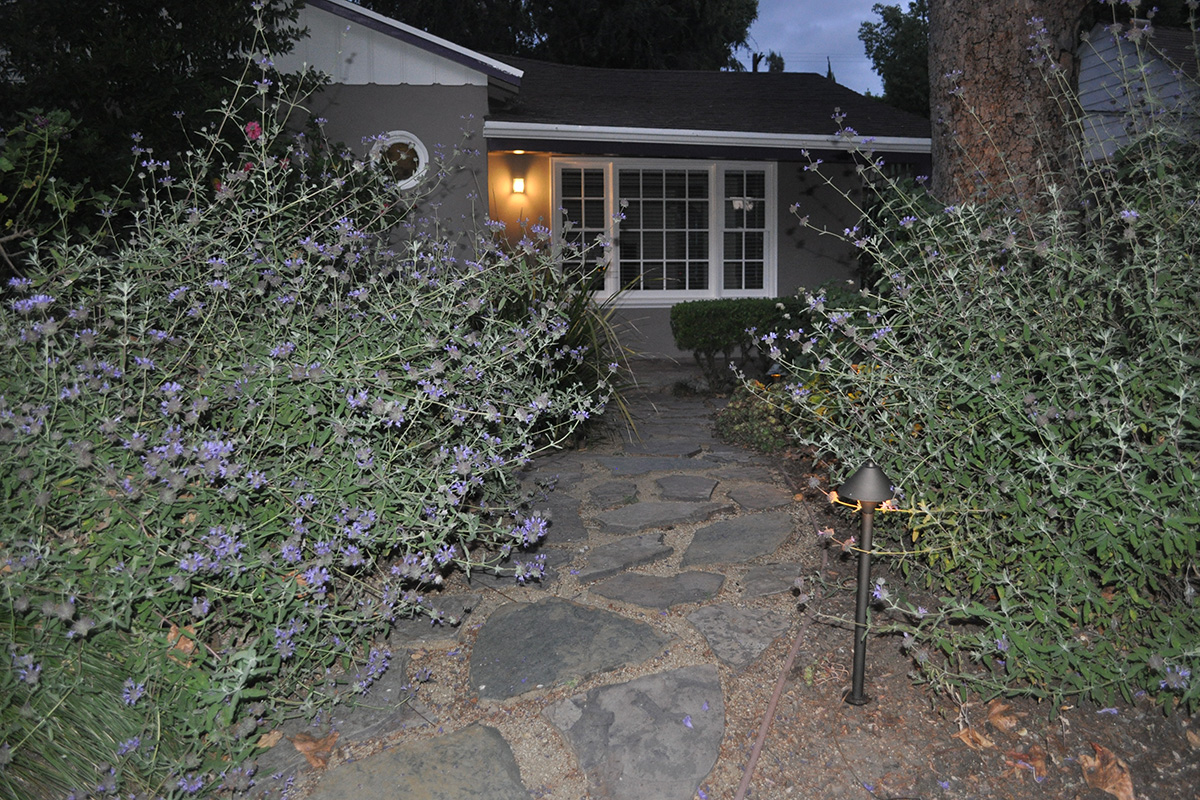
Leave pathways richly edged
One of the greatest enjoyments we get from sage, particularly from our California native sages, is the fragrance as we brush against the plants while journeying through the garden. It doesn’t hurt to let plants share space in a path with you—quite the contrary! In pathways, I advocate leaving sages a little longer than you would elsewhere to evoke their fragrance when brushing past them.
—Francesca Corra, APLD, is a nationally certified landscape designer and owner of Dirt Diva Designs in Studio City, California.
Fine Gardening Recommended Products
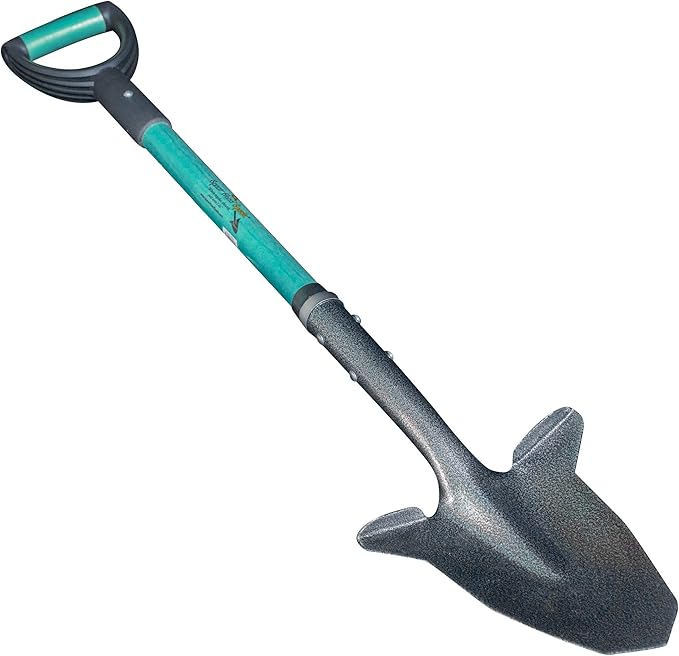
Spearhead Shade Gardening Shovel with Steel-Reinforced Fiberglass Handle
Fine Gardening receives a commission for items purchased through links on this site, including Amazon Associates and other affiliate advertising programs.

Lee Valley Large Gardener's Wash Basket
Fine Gardening receives a commission for items purchased through links on this site, including Amazon Associates and other affiliate advertising programs.

Planting in a Post-Wild World: Designing Plant Communities for Resilient Landscapes
Fine Gardening receives a commission for items purchased through links on this site, including Amazon Associates and other affiliate advertising programs.



















Comments
Log in or create an account to post a comment.
Sign up Log in